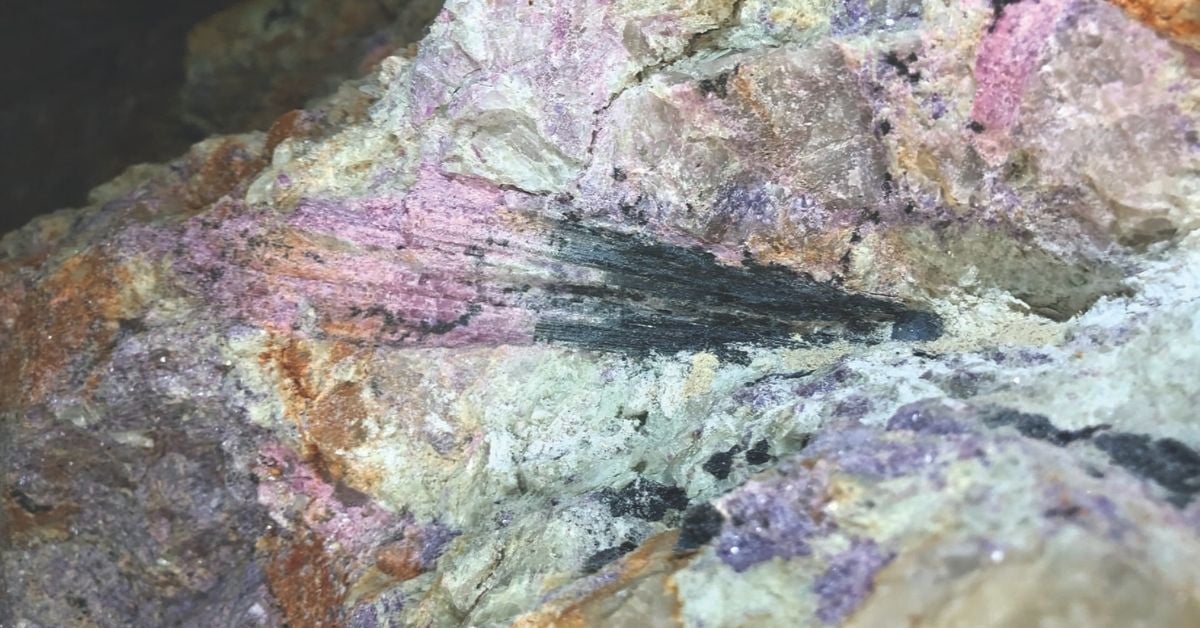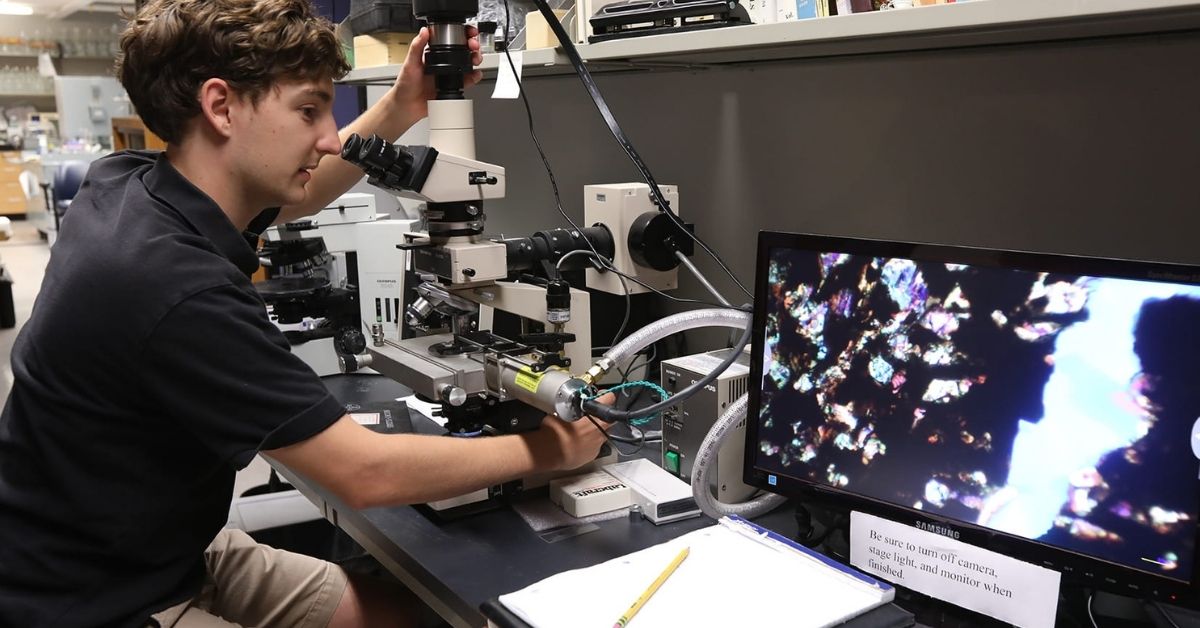Crystals Might Grow up to 3 Feet per Day in Cooling Magma, Study Says
Crystals may grow up to 3 feet per day in some cases of cooling magma, according to the study.
Everyone knows Rome wasn’t built in a day, but some of Earth’s most valuable gemstones — crystals — might grow up to 3 ft (nearly 1 m) per day, according to new research published in Nature Communications.
RELATED: THE WORLD’S LARGEST CRYSTALS: MEXICO’S CAVE OF THE GIANT SELENITE CRYSTALS
Crystals can grow large in minutes
Emerald, zircon, topaz, garnet, and aquamarine are a few crystalline minerals present in pegmatites — the veinlike formations typically found in large crystals, in addition to the rarer elements like niobium and tantalum, SciTech Daily reports. Also common among pegmatites is lithium — an essential component of electric car batteries.
“This is one step towards understanding how Earth concentrates lithium in certain places and minerals,” said Patrick Phelps, a graduate student at Rice University. “If we can understand the basics of pegmatite growth rates, it’s one step in the direction of understanding the whole picture of how and where they form.”
Pegmatites form log-sized crystals, vexing materials question
Pegmatites come into being when magma rises and cools inside the Earth — creating some of the largest-known crystals. The Etta mine in South Dakota, for example, includes lithium-rich spodumene crystals the size of logs — one of which is 42 ft (12.8 m) long and weighs roughly 37 tons.
The research — from Phelps in addition to Rice’s Cin-Ty Lee and geologist Douglas Morton of Southern California — tries to answer a question left unanswered to mineralogists: How do such atypically large crystals end up in pegmatites?

Rapidly-cooling magma can form large crystals
“In magmatic minerals, crystal size is traditionally linked to cooling time,” said Harry Carothers Wiess Professor of Geology and Chair of the Rice’s department of earth, environmental and planetary sciences, Lee. “The idea is that large crystals take time to grow.”
Where magma cools rapidly — in erupted lavas, for example — it contains microscopic crystals. But if the same magma is cooled over tens of thousands of years, it could contain centimeter-sized crystals, said Lee.
“Pegmatites cool relatively quickly, sometimes in just a few years, and yet they feature some of the largest crystals on Earth,” added Lee. “The big question is really, ‘How can that be?'”
When Phelps started this research, his initial questions dealt with how he might come up with a set of measurements capable of leading him, Morton, and Lee to answer the big question.
“It was more a question of, ‘Can we figure out how fast they actually grow?'” said Phelps. “Can we use trace elements — elements that don’t belong in quartz crystals — to figure out the growth rate?”
After more than three years of searching, a crystal sample-gathering field trip to a pegmatite mine in Southern California, in addition to hundreds of lab measurements to map the samples’ chemical composition with precision, and an extensive analysis of 50-year-old materials science papers to build a mathematical model capable of modeling crystal growth rates, the team at last succeeded.

Water trapped in melted pegmatites helps form crystals
“We examined crystals that were half an inch wide and over an inch long,” said Phelps. “We showed those grew in a matter of hours, and there is nothing to suggest the physics would be different in larger crystals that measure a meter or more in length. Based on what we found, larger crystals like that could grow in a matter of days.”
Pegmatites come into being when sections of the Earth’s crust are pulled down and recycled into the planet’s molten mantle. Water left present in the crust is trapped, and — as the melt rises higher and cools down — a wide variety of minerals form. But the water is still there and becomes a larger portion and higher percentage of the cooling melt, reports SciTech Daily.
The team’s research eventually showed large crystals growing in a matter of days or even hours, instead of thousands of years. So it seems the most instantly-dazzling wonders on Earth — crystals — can grow incredibly fast.
 SHOW COMMENT ()
SHOW COMMENT ()










